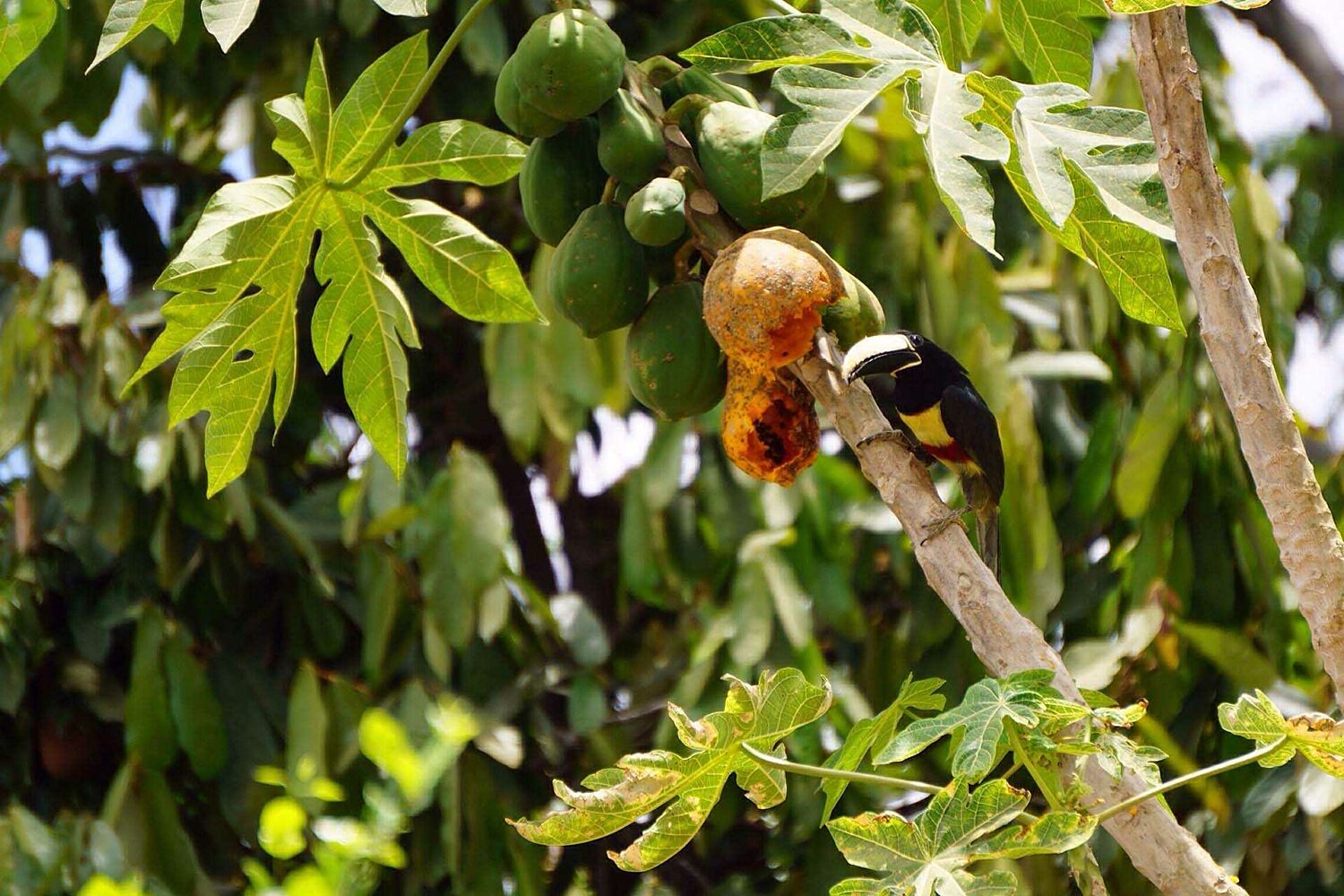
What Does Community-Based Tourism Look Like in Kauai?
10/19/2021
Community-based tourism is a more intentional, thoughtful way of traveling. As a practice, it takes into account sustainability and giving back to the region you’re visiting. On an island like Kauai where culture runs deep, keeping community in mind is an essential part of any visit. But what does that look like on the Garden Isle? Take a peak at a few ways to embrace this way to travel.
Shop Local
By supporting local businesses, you give back to artists, craftspeople and entrepreneurs who help the island thrive. That goes for gifts—which you can pick up at spots like ‘Ohana Shop, famous for locally made goods—and food too. Kona coffee, fresh-grown produce and local seafood offer better quality than imported eats, anyway.
Invest in Cultural Experiences
The deep history and strong cultural presence on Kauai means there are plenty of ways to learn and engage, even during a brief visit. Check out museums like Grove Farm Museum, Kauai Museum and Kokee Natural History Museum to learn a little while you explore. And small towns like Koloa, Hanapepe and Waimea show a different side of the island than you might see in larger communities.

Respect Posted Rules
Rules can feel like a drag when you’re on vacation, especially if you’ve been excited to take in a vista, climb a specific waterfall or jump off a particular point. But closures, rules and regulations are in place for a reason, and following the guidance of local authorities can play an important role in keeping people and natural resources safe. Follow posted signage, and support the community at the same time.
Love the Environment
Being good to the environment can take many forms, from not littering, to prioritizing recycling, reusing, and avoiding single-use items. Leave spaces as you find them, or better where possible, leaving plants in place along the path, picking up litter, and avoiding wildlife interactions in the water and on land. It’s best to embrace a hands-to-yourself policy when you head out in the water, avoiding even standing on the ocean floor unless you’re on the sandy bottom below the breakers. That helps you protect fragile coral reefs and animal habitat, while protecting you from pokes and stings at the same time.

Embrace Ecotourism
Sustainability has been a practice in Hawaii since native Hawaiians first arrived by boat to this self-contained system, where wasting resources has never been an option. Activities pack a punch when it comes to ecotourism. Start by steering clear of tour companies that offer structured animal encounters, and instead opt for a visit to a protected area, like the Kawai’ele Waterbird Sanctuary or the Makauwahi Cave Reserve.
Ecotourism experiences help promote sustainability while connecting you to the beauty of this island. It begins with your stay, where a property that takes energy efficiency and reduced waste seriously makes a big impact.
Opt out of the overconsumption of big resorts and go for a stay at one of the tropical cottages of 17 Palms Kauai. You can walk to the beach, skip the rental car, cook your own meals and enjoy the slower pace of life in the garden.

